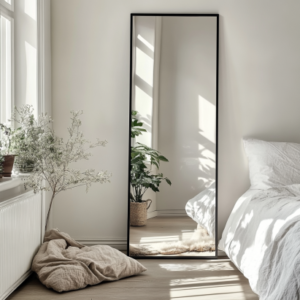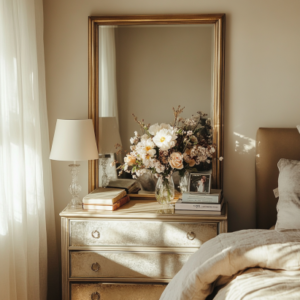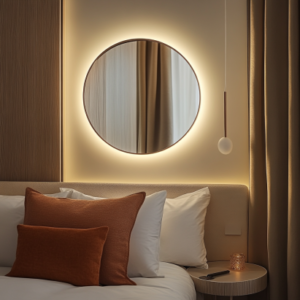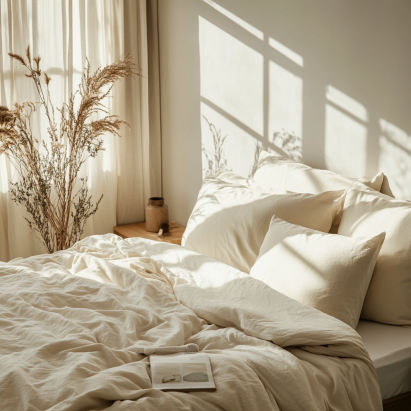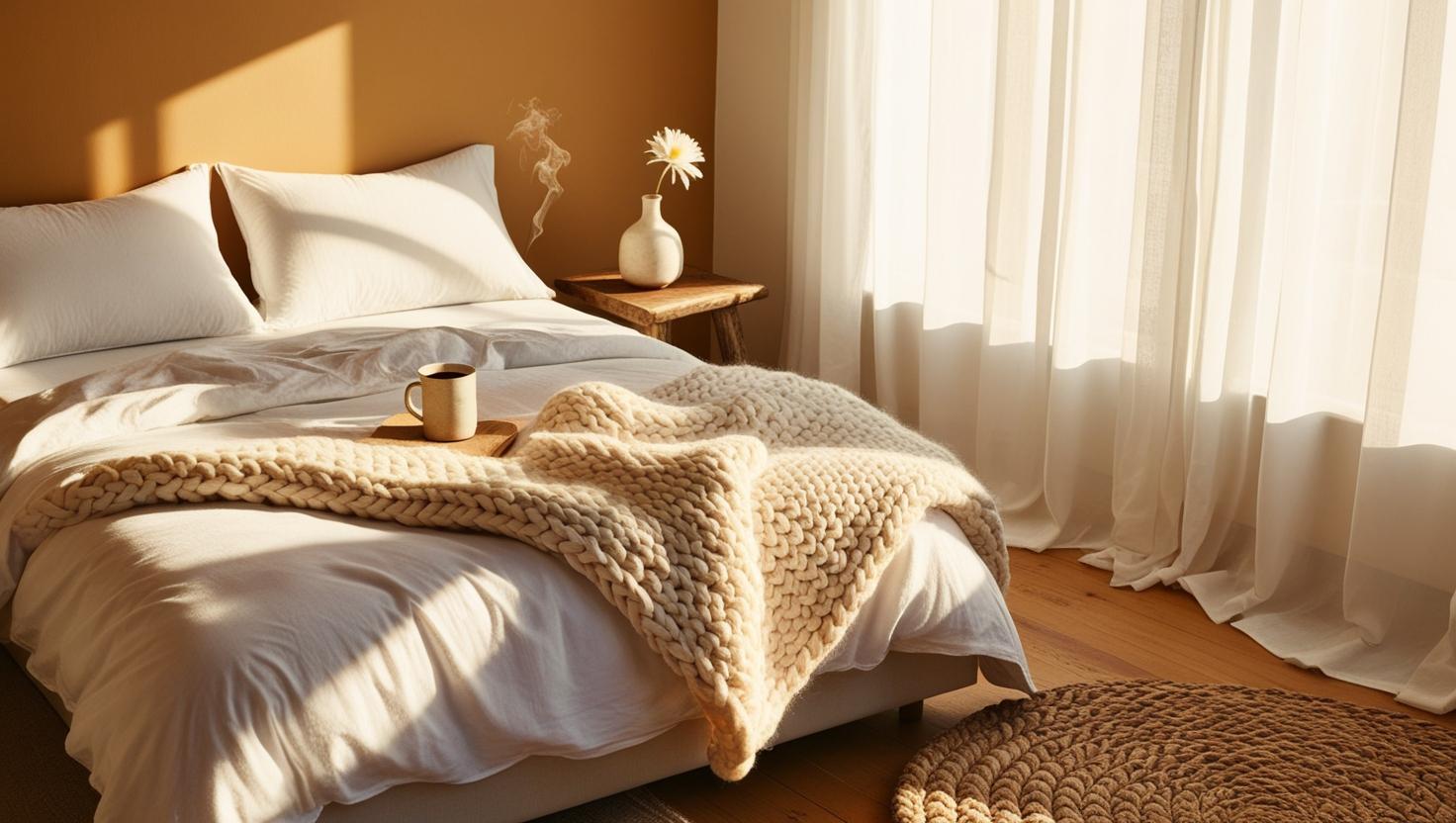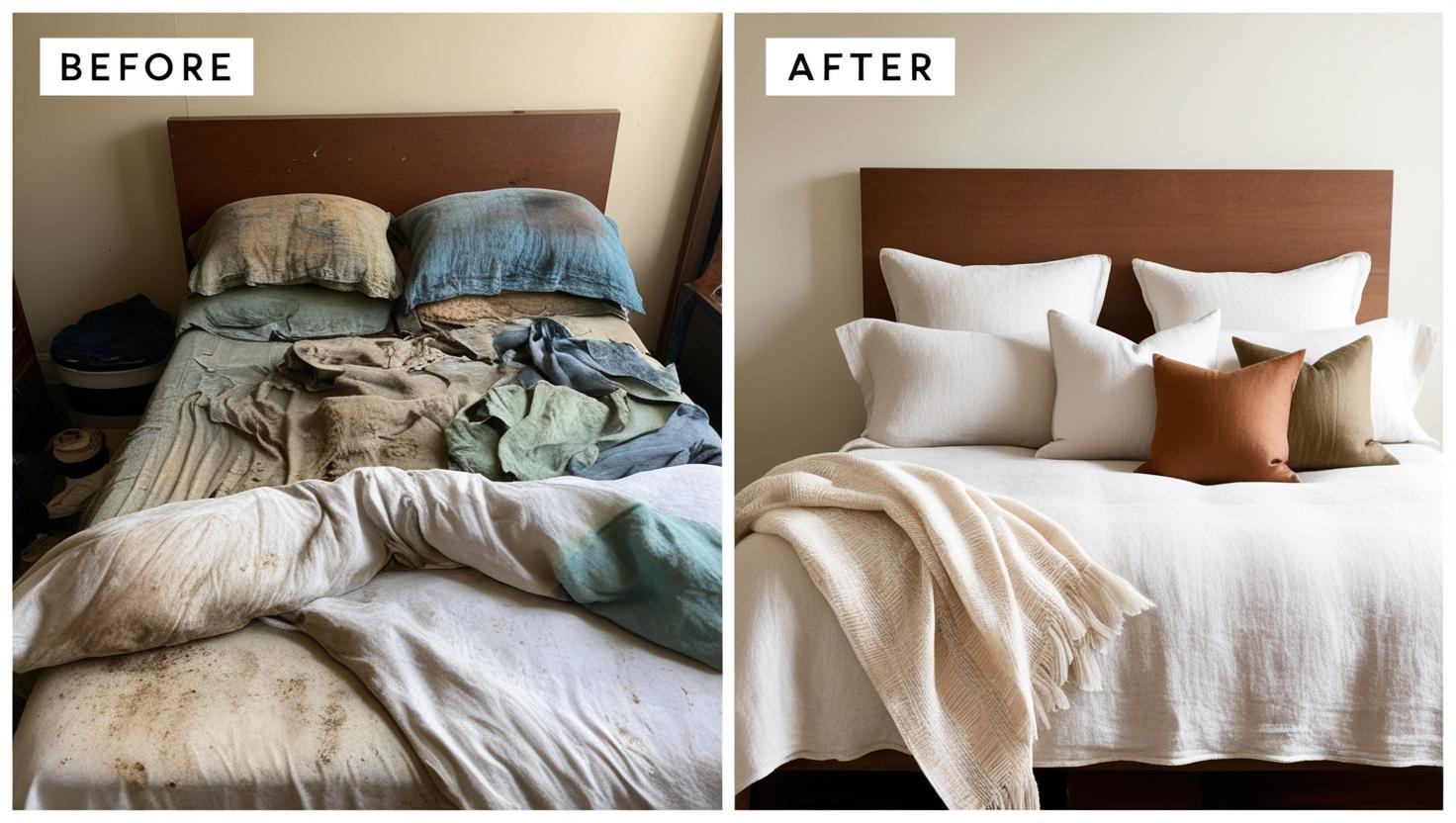Sleeping on an Incline
Ever toss and turn all night because of acid reflux or stuffy sinuses? You’re not alone. Many people struggle with nighttime issues that disrupt quality sleep. One solution gaining attention is Inclined Bed Therapy (IBT), also known as sleeping on an incline. By gently elevating your upper body, you might finally find the relief you’ve been missing. Let’s explore how the best beds for inclined sleep can enhance your rest and overall well-being.
Key Takeaways
- Inclined Bed Therapy (IBT) means elevating the head of your bed by 6 to 8 inches to let gravity work with your body while you sleep.
- It can help ease acid reflux, reduce snoring, clear sinuses, and even boost circulation.
- Simple tools like wedge pillows, risers, or adjustable beds can get you started.
- Consistency and a comfortable setup are key to seeing real benefits.
Why Sleeping on an Incline Matters More Than You Think
When you’re lying flat, gravity isn’t doing you any favors. By slightly elevating your upper body, you take pressure off your stomach and lungs—which can mean less reflux, clearer airways, and better blood flow. Even just a small 6- to 8-inch lift can make a surprisingly big difference in how you sleep.
For a deeper dive into the benefits, check out our Inclined Bed Therapy Benefits Guide.
How Inclined Sleep Helps With Reflux and Breathing
Reflux Relief Without the Meds
If you deal with nighttime acid reflux, you know how uncomfortable it can be. Elevating your upper body helps keep stomach acid where it belongs. According to the Cleveland Clinic, this is one of the most effective non-medication methods for managing GERD.
Looking for a personal take? Here’s a real-life story from someone with scleroderma.
Better Breathing = Deeper Sleep
Sleeping flat can collapse your airways, especially if you snore or have sleep apnea. Elevation helps open things up, making it easier to breathe—and easier to stay asleep. Improved airflow may even help those with mild obstructive sleep apnea.
Easy Ways to Try Sleeping on an Incline
Use a Wedge Pillow
Wedge pillows are firm, triangle-shaped pillows that lift your upper body while keeping your back supported. Just place it under your regular pillow and you’re good to go. Many models are made from memory foam for added comfort.
Adjust Your Bed Frame
Try bed risers or an adjustable base to lift the entire head of your bed. A 6- to 8-inch raise is usually enough. Bonus: adjustable frames also help with back pain and leg swelling, making them a versatile option for better health.
Try Extra Pillows (with Caution)
Stacking pillows can be tempting—but they tend to shift, leading to awkward angles. If you go this route, make sure your shoulders are supported and your body stays aligned to prevent strain on your neck or lower back.
But Won’t It Be Uncomfortable?
Honestly? It might feel a little odd at first—but that’s totally normal. Most people adjust quickly and start noticing relief within a few nights. Try using a wedge pillow for just part of the night and increase as your body adapts.
Want a DIY version? Check out Kim Holman’s guide to building an inclined bed setup.
What to Avoid When Sleeping on an Incline
Don’t Just Prop Up Your Head
Elevating only your head (with pillows) can strain your neck and back. Instead, aim to lift your entire upper body in a smooth slope so gravity can assist your digestion and breathing properly.
Watch for Sliding
If your mattress or bedding is slick, you might slide during the night. A non-slip mattress pad or grippy wedge system can help you stay in place and ensure better rest without disruption.
Final Thoughts: Is Inclined Sleeping Right for You?
Inclined sleeping isn’t a one-size-fits-all solution—but if you deal with reflux, snoring, or sinus issues, it’s a simple, low-effort change that could lead to better rest. If you’re curious, try it for a week and see how your body responds—you might be surprised how much better you sleep.
For more info, check out our full Sleeping on an Incline Guide.
FAQ
- Is inclined sleeping safe for everyone?
- Generally, yes—but if you have a medical condition, check with your healthcare provider first.
- Can I use regular pillows to achieve the incline?
- Not ideal. Regular pillows can slip and strain your neck. Wedge pillows or bed risers are safer and more comfortable.
- How long does it take to see benefits from inclined sleeping?
- Some people feel better after just a few nights. For others, it might take a week or two. The key is consistency.
- Will my mattress slide down on an inclined bed?
- It can. Use non-slip mats or wedge systems with grip features to keep your mattress in place.
- Can inclined sleeping help with anything besides reflux?
- Yes! It may also improve circulation, reduce snoring, and help with sinus congestion and even mild sleep apnea.




